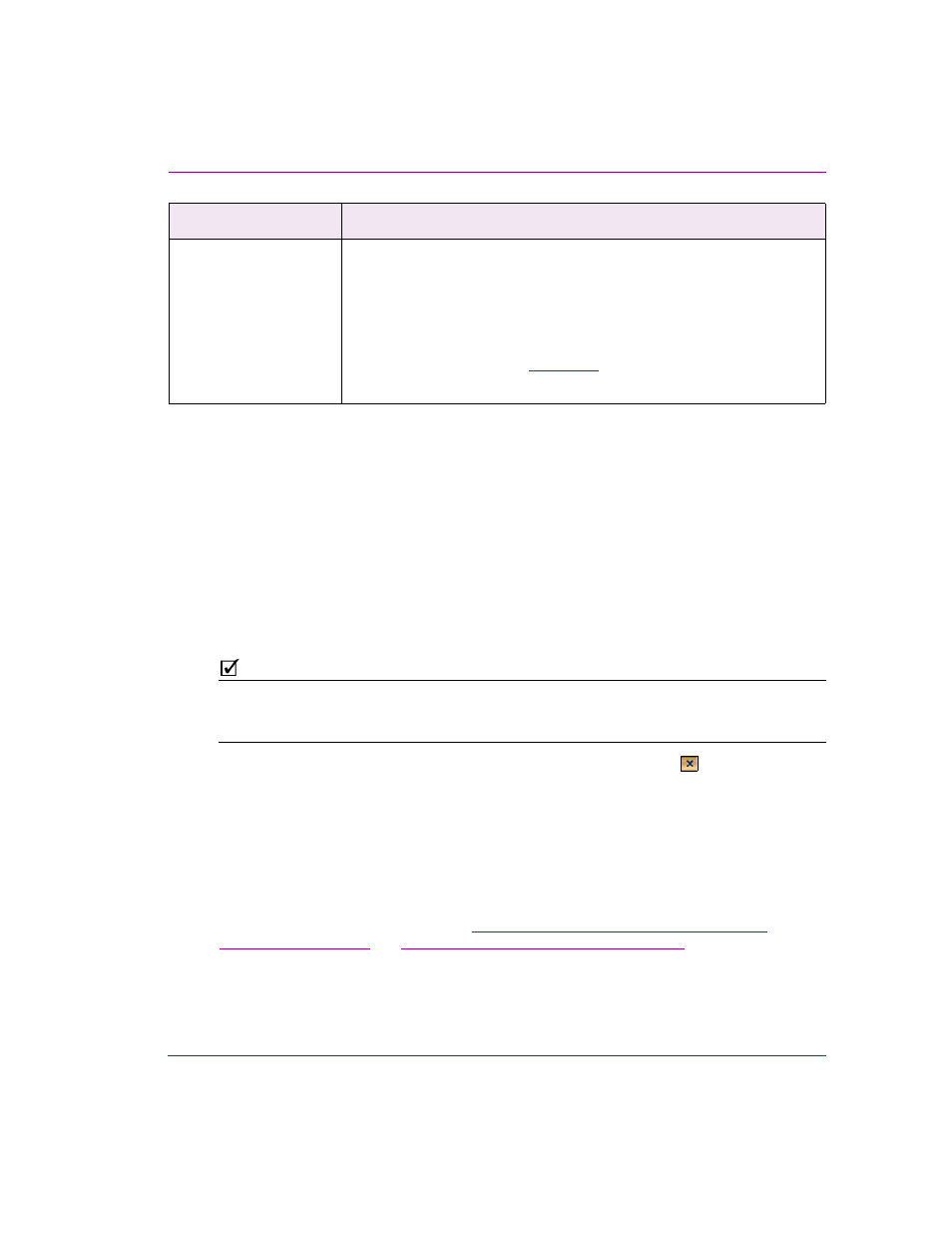Grass Valley Xstudio Vertigo Suite v.4.10 User Manual
Page 136

Xstudio User Manual
6-23
Working with scene objects
To change the appearance and behavior of the individual objects within the crawl group or
roll group, you must open the group and select the individual object.
By default, a crawl or roll always contains a single Text2D object. Double-clicking the crawl
object opens the crawl group, which exposes the Text2D object within the crawl. You can
use the Properties Browser to edit the properties of the Text2D object (i.e. size and position,
color, font style...etc.) just like you would do for any Text2D object.
Note that when the default T
EXT
2D object is selected it does not take up the entire width of
the crawl object.
You can also include more than one Text2D object, as well as images, cel animations... by
dragging them onto the crawl group within the boundaries of the crawl or roll. As always,
you can reposition the objects and change the object’s properties by selecting the object
and edit the settings in the Properties Browser.
N
OTE
Shrink-wrapping determines the height of crawl groups and the width for roll groups. Meanwhile,
users determine how wide a crawl is or how tall a roll is. The sum of the width of the objects in a
crawl is allowed to be greater than the width of the crawl itself.
When you are done making changes to the crawl or roll group objects, click
to close the
C
RAWL
G
ROUP
or R
OLL
G
ROUP
window. You will be prompted to save your changes. Click
the Y
ES
button to save, the C
ANCEL
button to return to the C
RAWL
G
ROUP
or R
OLL
G
ROUP
window, or N
O
to close the window without saving any changes and return to the scene.
When you return to the scene, you will notice that a C
RAWL
G
ROUP
or R
OLL
G
ROUP
heading
has been added to the Scene category in the Scene Tree. Within that group you will find
the animation properties for the crawl or roll object, as well as the objects that belong to the
group (i.e Text2D). These will be used to link the individual objects in the crawl to control
objects. The control objects can then be configured to feed data or other behaviors to the
crawl objects. For more information, see
“Selecting, grouping, and/or layering objects on
“Linking objects to a data source” on page 9-1
.
User Properties
User-defined properties. You can associate your own properties with an
object. For example, the property may store data that can then be recalled
by a script during playout.
To add a user property, click the grey cell in the first column and type the
property’s name. Enter the property’s initial value in the cell next to it. You
can also leave it blank and perhaps populate it during playout by a calling
the Set Property action (see
).
Repeat the above steps to add additional user properties.
Category
Crawl & Roll object properties
